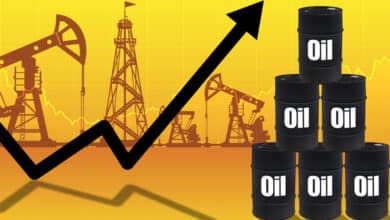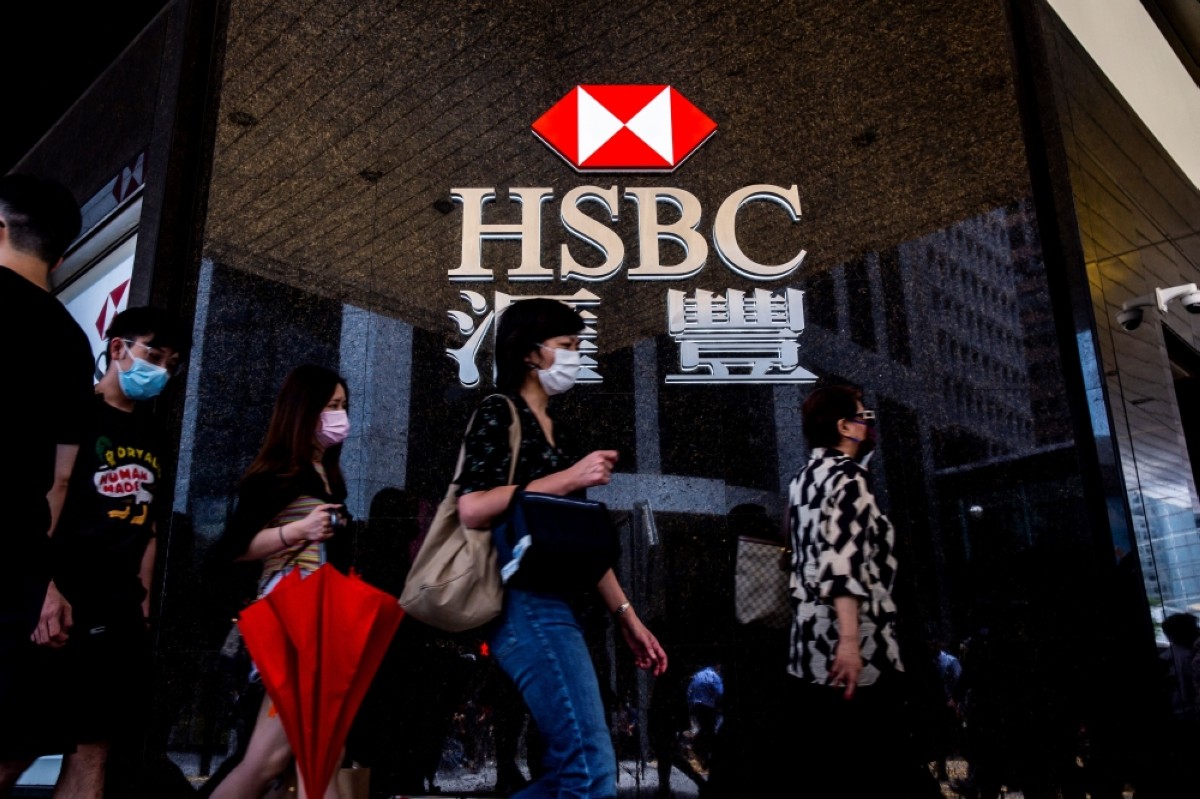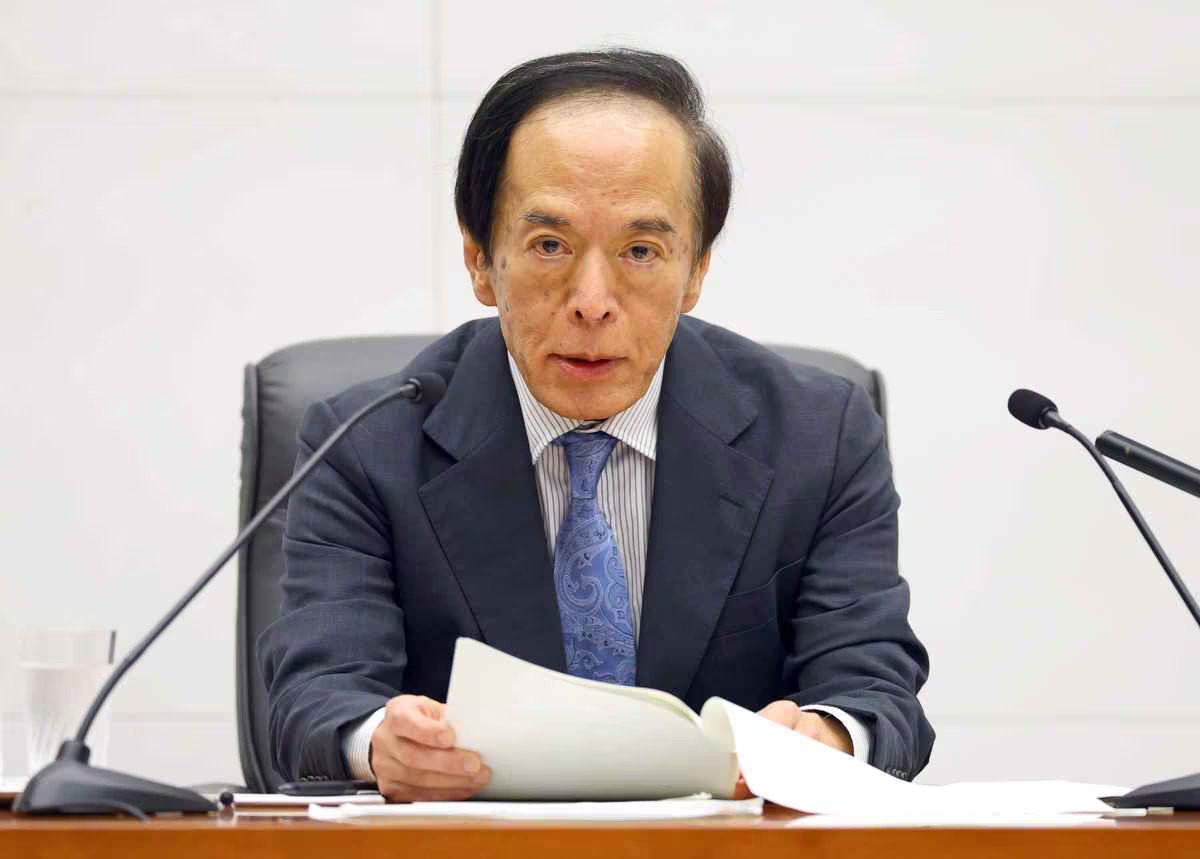Oil demand set to hit record on falling inventory, says IEA
LONDON: Despite lingering concerns about China’s economy, global oil demand hit a record high in June and could be on track for another record in August, the International Energy Agency (IEA) said in its latest monthly report.

The cuts from OPEC+ and Saudi Arabia, coupled with expected continued strength in demand, are set to result in inventory draws for the rest of the year, supporting oil prices, analysts and forecasting agencies say.
China, of course, will be the key driver of price moves either up or down, depending on how its economy fares and how much stimulus authorities are ready to unroll to help a much-awaited rebound after the reopening early this year. So far into 2023, weaker-than-expected Chinese economic data have stopped price rallies in their tracks. US economic prospects have turned somewhat brighter, with the Fed and investment banks no longer expecting a recession.
Macroeconomic fundamentals of the world’s largest and second-largest economies — the US and China —- are turning more bullish to support oil prices with oil demand possibly heading to a fresh record this month, forecasts by the International Energy Agency (IEA) said. Analysts said market fundamentals also favor a sustained bull run for oil, especially with the OPEC+ gearing up to put a huge deficit into the market in the second half.
The oil market continues to be cautious about China’s economy and until market participants see additional measures to prop up the economy in the world’s top crude oil importer, and results from these measures, concerns about China will not abate. China’s woes and a weak European economy have likely translated into only modest oil market tightening since June, Reuters market analyst John Kemp argues. However, demand and the market tightness may have been underestimated.
Global oil demand hit a record 103 million bpd in June, and August could see yet another peak, the IEA said in its closely-watched Oil Market Report (OMR) for August. World oil demand is set to grow by 2.2 million bpd this year, with China accounting for more than 70 percent of growth, the agency noted. Fuel demand in Europe is also strong in the summer. Energy consultancy FGE estimates that European gasoline demand rose by 3 percent year over year in June and by 5 percent annually in July, to the highest level since 2011.
Bank ING assumes that US oil demand will be largely flat year-on-year. “But this may be too conservative, given that implied gasoline demand has been tracking above last year’s levels for much of the year,” Warren Patterson, Head of Commodities Strategy at ING, wrote in a note on Thursday. After ending a seven-week rally last week, prices rose about 1.0 per cent on Friday on signs of slowing US output. Both crude benchmarks ended their longest weekly rally of 2023 on mounting concerns about global demand growth.
The IEA estimated that global oil demand, which hit a record 103 million barrels per day in June, could scale another peak in August. Output cuts from Saudi Arabia and Russia set the stage for a sharp decline in inventories over the rest of 2023, which the IEA said could drive oil prices even higher. Some analysts are even not ruling out the prospects of prices hitting $100 per barrel in the second half. Saxo Bank analysts said with most of the oil demand growth expected from China, any trouble there may sour sentiment. Ole Hansen, head of Commodity Strategy at Saxo Bank, said last week that having run out of steam above $87.50 last week, a long overdue period of consolidation may now emerge with the news from China hurting sentiment.
Some analysts believe that downside risks remain limited as long as Opec+ maintains production at current tight levels, not least considering IEA’s forecast from Friday that oil demand surged to a record high in June and may rise even further. Market pundits argued that estimated high stock levels in China allow its refiners to draw crude from inventories and slow purchases when oil prices rise, thus undermining the ongoing efforts of the OPEC+ group and its leader Saudi Arabia to tighten the market and prop up prices. – Agencies.











